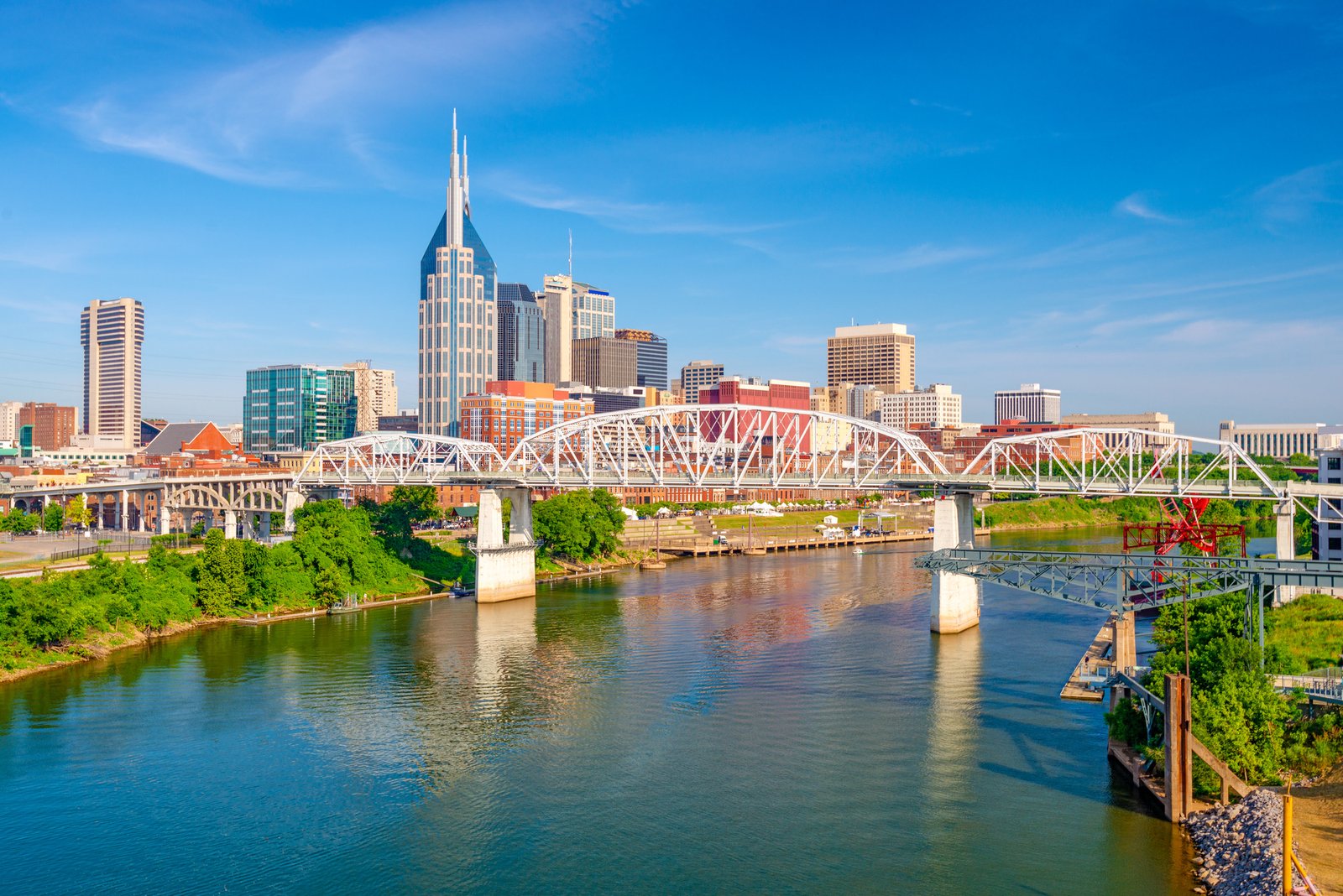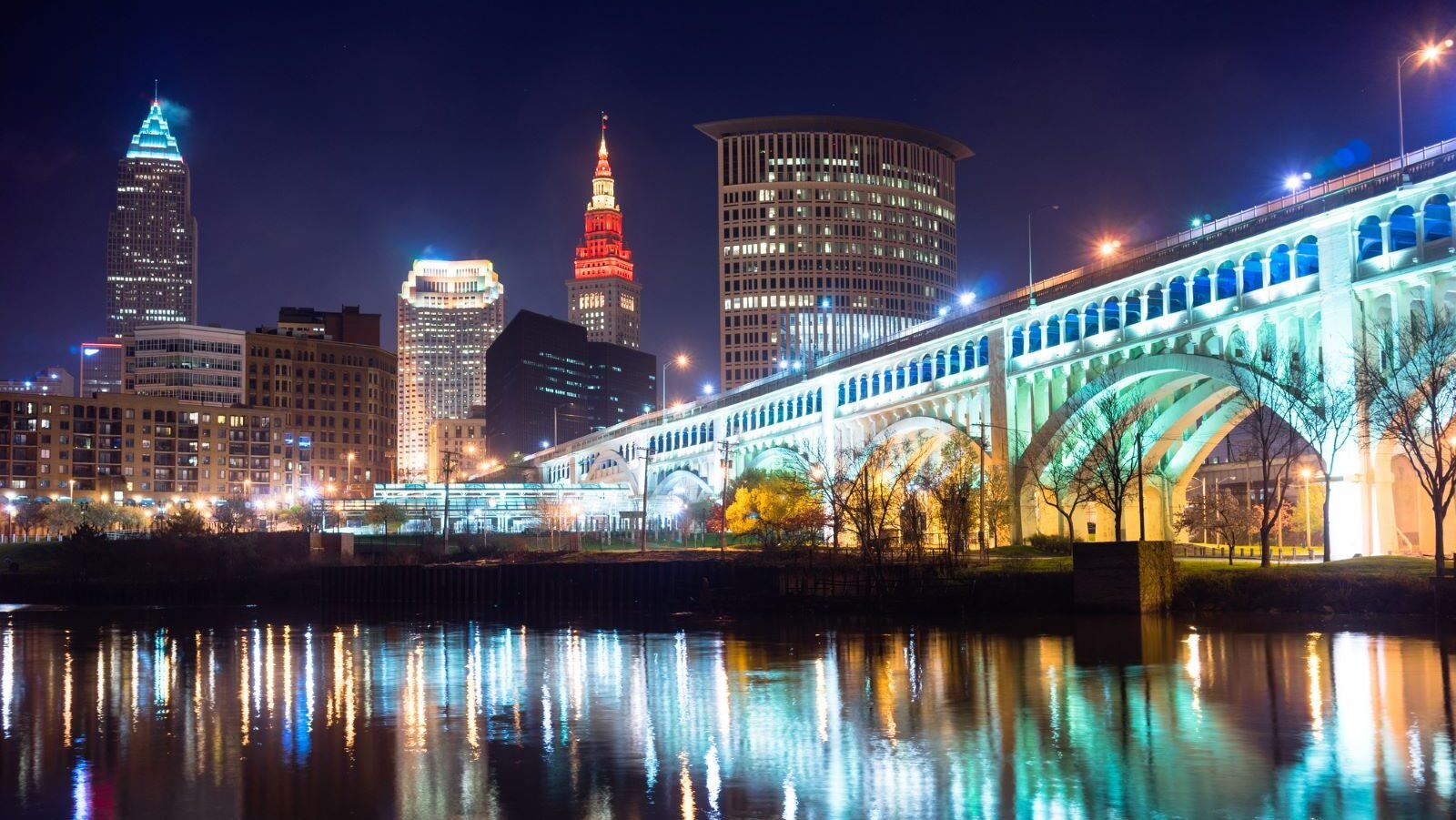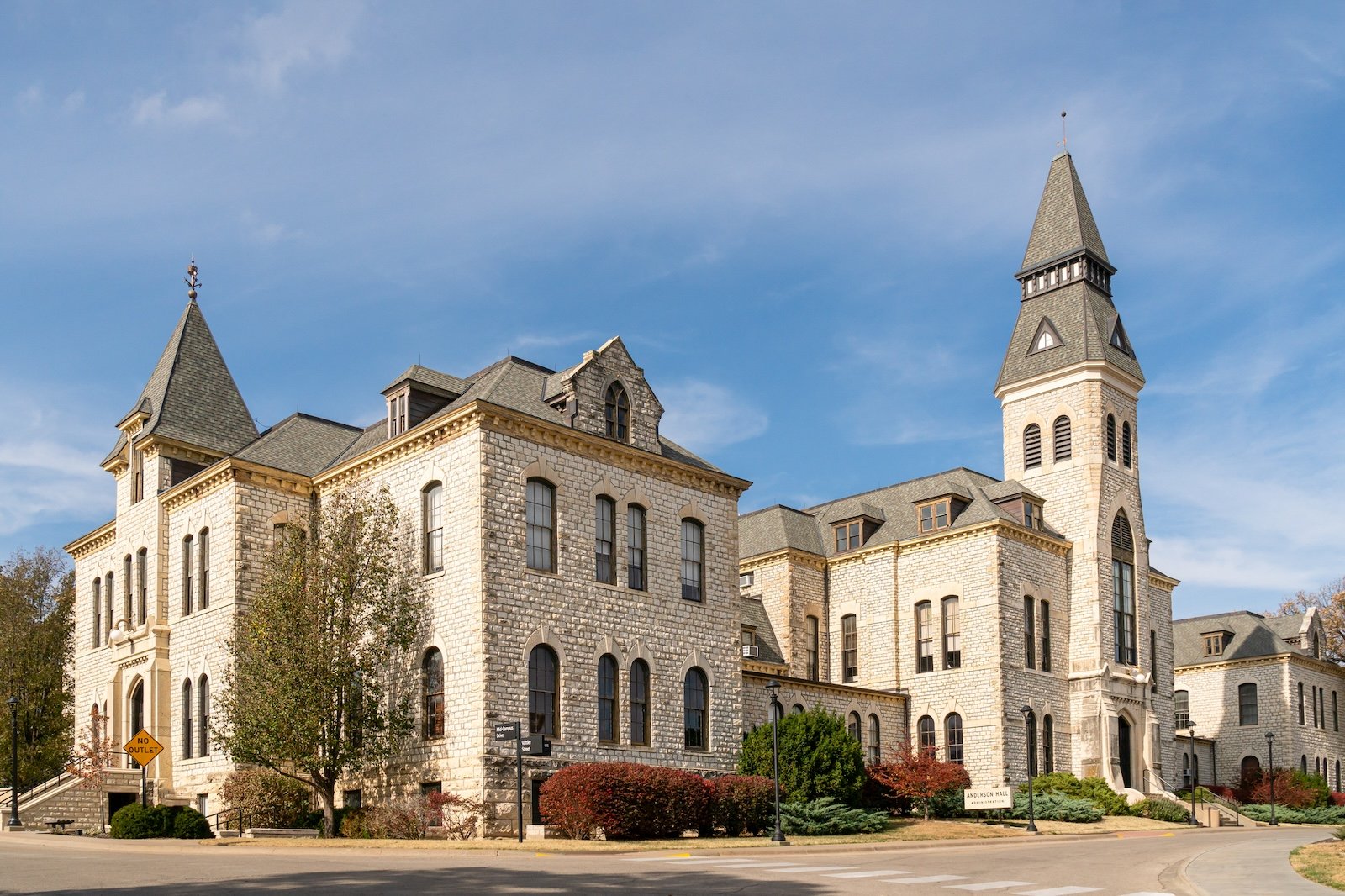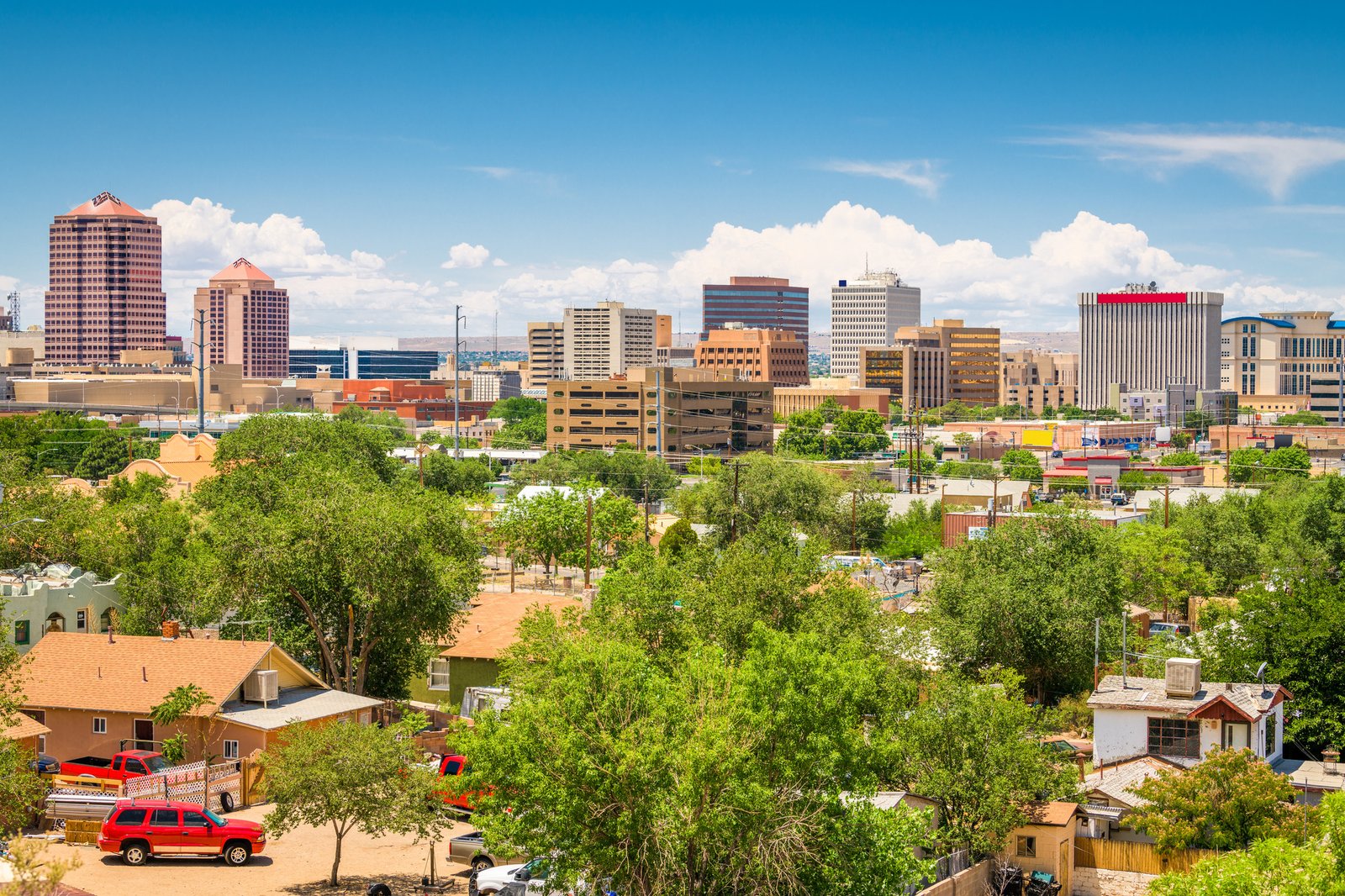Feeling safe in your city is crucial. But with crime on the rise in many parts of the U.S., it’s essential to be aware of your surroundings. This post uses the FBI’s Uniform Crime Reporting (UCR) Program data. It ranks cities by violent crimes: murder, rape, robbery, and assault. It also ranks them by property crimes: theft, burglary, larceny, and motor vehicle theft. The rates are per 100,000 residents. While UCR data offers valuable insights, it lags by a year and may not capture all unreported crimes.
High crime rates are often linked to poverty, unemployment, gangs, and drug sales. These factors create fear among the residents, discouraging investment and growth.
MoneyGeek reports that the per capita cost of crime in U.S. cities is increasing. In 2022 (the most recent year of data), it surged to $2,221. This was a 20% rise from the previous year. Violent crime costs over $2,000 per person. Property crime costs an average of $198.
Below is the list of the most dangerous cities in the USA. The rate of violent crimes per 100,000 residents in 2022 serves as the basis (the most recent year of data available).
Memphis, Tennessee

Memphis grapples with violent crime, particularly gun violence. There were over 2,420 incidents per 100,000 residents in 2022. It also holds the title for the nation’s highest property crime rate. Poverty, gang violence, and easy access to firearms and drugs cause crime in Memphis. Community programs are crucial. They address poverty and offer alternatives to gang involvement. They are essential for long-term improvement.
Detroit, Michigan

Detroit has consistently high rates of violent crime. This crime includes homicide and assault. Sources estimate over 2,027 incidents per 100,000 residents in 2022. Economic decline and abandoned buildings create opportunities for criminal activity. Revitalization efforts that bring jobs and residents back to neighborhoods can deter crime. Detroit still faces safety issues despite local efforts to tackle crime.
Little Rock, Arkansas
Crime in Little Rock comes from poverty, gangs, drug trafficking, and limited access to mental health care. These issues contribute to violence, property crimes, and drug-related offenses. Sources estimate over 1,833 incidents per 100,000 residents in 2022. Increased police presence and community engagement programs can help reduce gang violence.
Cleveland, Ohio

Cleveland faces challenges with violent crime, property crime, and other offenses. Economic struggles and issues such as drug addiction contribute to crime in the city. Sources estimate over 1,613 incidents per 100,000 residents in 2022. Investing in job creation and social programs can address the root causes of crime. Investing in job creation and social programs can address the root causes of crime.
Tacoma, Washington

Tacoma is in Pierce County. It has historically higher rates of violent crime than many other Washington cities. Many factors have led to the city’s crime challenges. These include things like economic disparities, gang activity, drug sales, and access to guns. Sources estimate the rate will exceed 1,609 incidents per 100,000 residents in 2022. These strategies are for community policing. They build trust between residents and the police. They can be effective.
Baltimore, Maryland

Baltimore grapples with high rates of violent crime. These crimes include shootings and robberies. Drug addiction, gang activity, and poverty are the factors causing crime in Baltimore. Sources estimate over 1,553 incidents per 100,000 residents in 2022. Investing in community development programs is crucial. Job training and violence prevention initiatives are also involved. They are essential for Baltimore’s turnaround.
Oakland, California

Oakland has long struggled with high rates of violent crime. This is especially true in specific neighborhoods. Gangs, drugs, and poverty are the reasons for crime in Oakland. Sources estimate over 1,521 incidents per 100,000 residents in 2022. These programs address poverty and joblessness. The police focus on gangs. Together, they can make a difference.
Milwaukee, Wisconsin

Milwaukee has a high crime rate, particularly violent crime. It is a complex issue with several contributing factors. Socio-economic disparity, including poverty and limited opportunities, creates a vulnerable environment. Community tensions and easy access to guns make the problem worse. Arguments quickly become violent. The COVID-19 pandemic caused disruptions. They are also believed to have caused the recent rise in crime. Sources estimate over 1,508 incidents per 100,000 residents in 2022.
Kansas City, Missouri

Kansas City faces challenges with violent crime, including homicides and robberies. Socio-economic factors such as poverty and unemployment affect the city’s crime rates. Sources estimate over 1,481 incidents per 100,000 residents in 2022. Investing in job training and education programs can help. The community policing initiatives can create a path to a safer Kansas City.
St. Louis, Missouri

St. Louis has a growing problem of violent crime. It is awful in poor communities. Poverty and lack of education contribute to the city’s crime rates. Sources estimate over 1,472 incidents per 100,000 residents in 2022. Efforts to create jobs and improve neighborhoods are critical. So are programs to prevent violence. Both are crucial for St. Louis.
Albuquerque, New Mexico

Albuquerque has a problem with gang violence and drug trafficking. Sources estimate over 1,300 incidents per 100,000 residents in 2022. Police are increasing efforts to target drug trafficking. Also, communities are running programs that address addiction and poverty. These efforts can help reduce crime.
More From The Kanso – 20 Things In Your House That Could Be Worth A Fortune

Imagine throwing away the antique furniture without knowing its worth or the card set that your dad collected but is now worth millions. Keep reading if you are curious about such underrated items that can be worth millions.
17 Job Interview Phrases to Absolutely Avoid (and What to Say Instead)

Interviews are an opportunity for both employees and employers to learn more about each other. However, as a jobseeker, one wrong move can take away that dream job. Here are 17 things you should avoid saying or asking during a job interview.


